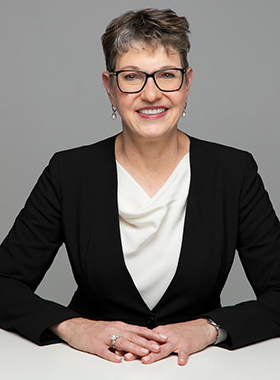Earlier this month, Facebook made headlines by announcing it has added a new feature that allows users to designate a Legacy Contact for their accounts. What does this mean for your estate plan? Simply put, it means that you can now directly let Facebook know who you want to control your account after you die. If you don’t want your Facebook profile to exist when you have moved on, you can let Facebook know through your settings that you want your account permanently deleted after your death.
Previously, the social networking site would memorialize deceased users’ accounts and allow a deceased user’s “authorized representative” to request access to that person’s account from the company. (I described this process in a blog post last year.) Users would be able to view these memorialized accounts, but Facebook did not allow anyone to manage them. Instead, the memorialized profile remained frozen in time at the time of death.
The new policy changes all that. However, a Legacy Contact isn’t allowed to just take over a deceased user’s Facebook account. Instead, Facebook has placed clear parameters around what is allowed when someone is accessing a Facebook account in this capacity. After Facebook is notified of a user’s death, the company will still memorialize the deceased user’s account. Then, the Legacy Contact will be allowed to take the following actions with the profile:
- Write a post to display at the top of the memorialized Timeline
- Respond to new friend requests for the memorialized profile
- Update the profile picture and cover photo
A user may also elect to allow the Legacy Contact to download an archive of the photos, posts and profile information shared on Facebook. A Legacy Contact will not be allowed to log in as the deceased user or read the deceased user’s private messages.
How do you designate your Legacy Contact? Facebook instructs users to open their Settings, then choose Security, and then Legacy Contact (at the bottom of the page). After selecting a Legacy Contact, you can opt to send a message to that person. You can also decide whether you want your Legacy Contact to have permission to download an archived version of the posts, photos, and profile information you have shared on Facebook. And after that is all done, you can return to watching cat videos in your Facebook feed.
Photo credit: Heinrich-Böll-Stiftung on Flickr

 Phone: (206) 784-5305
Phone: (206) 784-5305